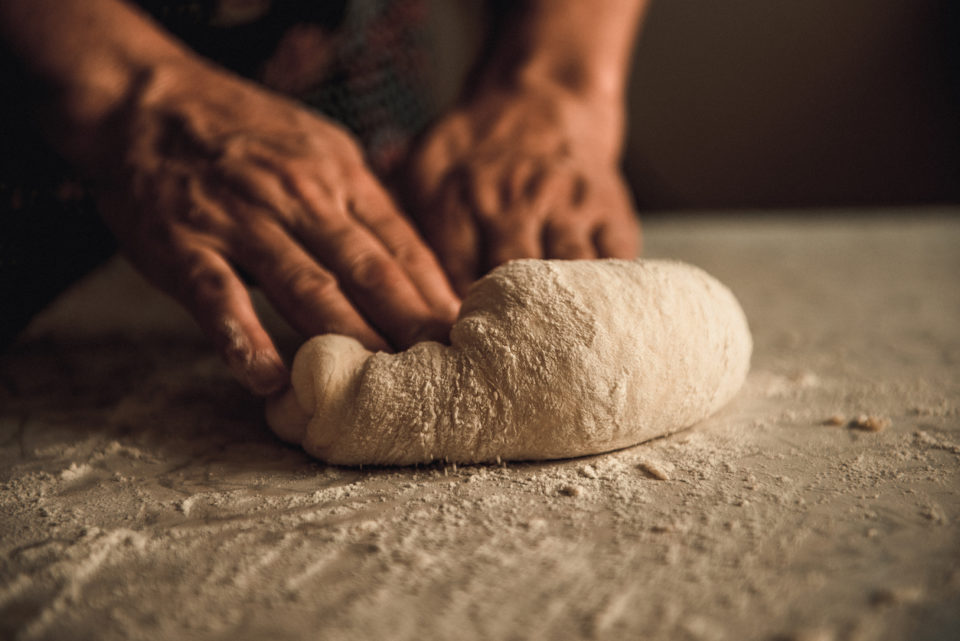
Making bread is a task that seems so simple, but as many know, it can feel like an impossible mission. You can easily spend hours working on a loaf of bread, just to pull it out of the oven for it to feel like a brick. This frustration is due to the yeast in the bread. Yeast can be a very finicky ingredient when it is not treated properly. We’re going to teach you how to properly deal with yeast so you no longer have to fear it. Get ready to easily make the best bread ever!
Watch Your Water Temperature
There are a couple of different types of yeast but we’re going to focus on dry active yeast right now. Dry active yeast is very sensitive to water temperature. It can’t be too hot or too cold. The water it should be mixed with is warm water. Test the water’s temperature with this simple trick. If you can place two fingers slowly into the water and pull them out without feeling any kind of discomfort from the heat, then it’s a good, warm temperature for the yeast to be mixed with.
Know Your Types of Yeast
There are two common types of yeast used in making bread. The first we mentioned above, dry active yeast, and the second is instant or rapid-rise yeast. These yeasts require different preparation methods. Instant or rapid rise yeast can be added directly to your recipe, while dry active yeast needs to be activated in warm water before it can be added.
You might also like: Nothing Better Than Garlic Bread From Scratch
Be Careful When Adding Other Ingredients
Yeast reacts strongly to many common ingredients. For example, yeast feeds on sugar and that’s why many recipes call for a little bit of it. However, yeast doesn’t mix well with salt. Salt should never come in direct contact with yeast. Make sure you’ve activated your yeast and added both sugar and oil before adding any salt called for in your recipe.
All you need to know about Bradshaw Automotive Group is that we’re excited to help you find the car of your dreams! Shop with us online or in-store today.
Disclaimer: The stock image is being used for illustrative purposes only, and it is not a direct representation of the business, recipe, or activity listed. Any person depicted in the stock image is a model.
